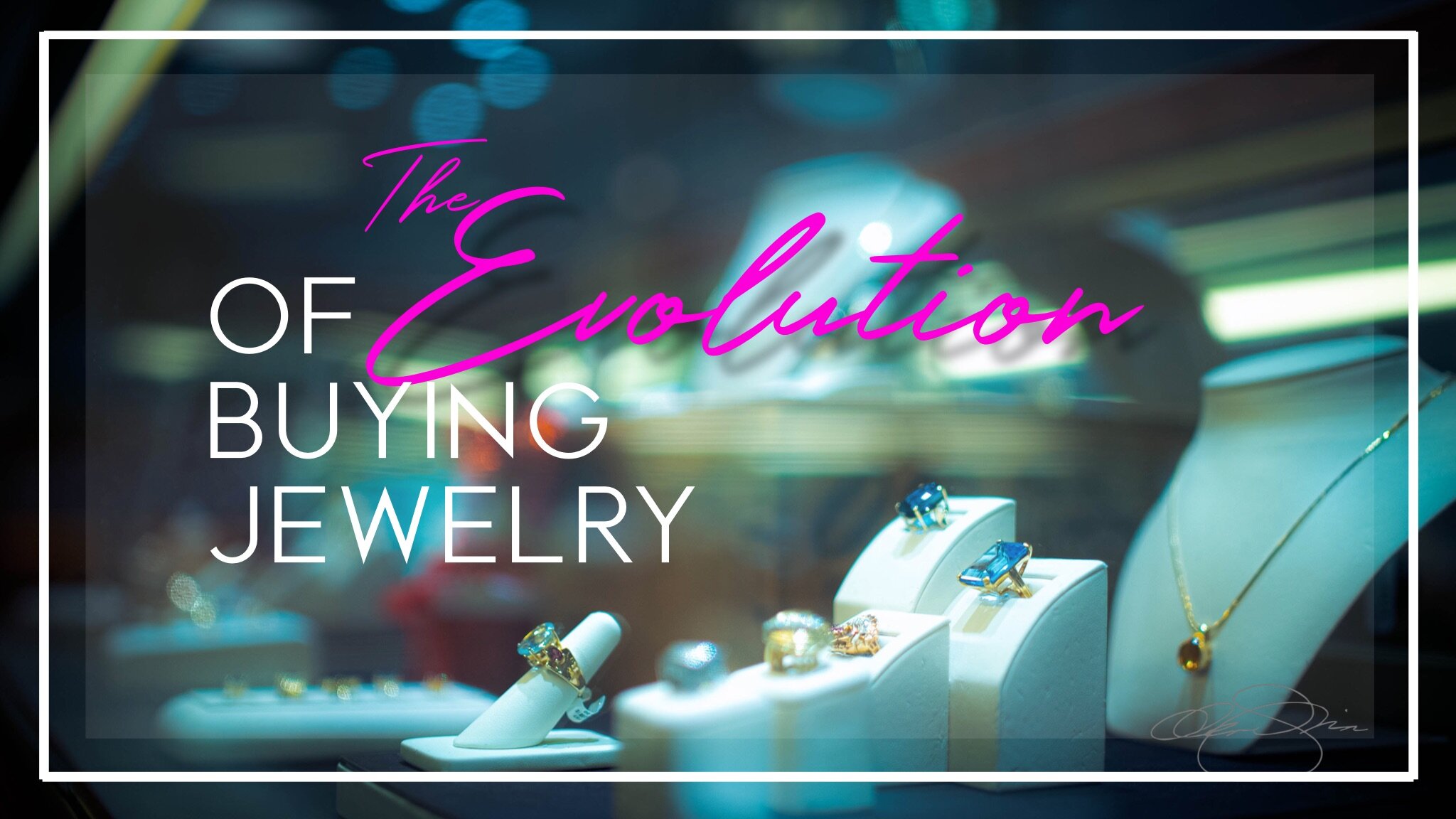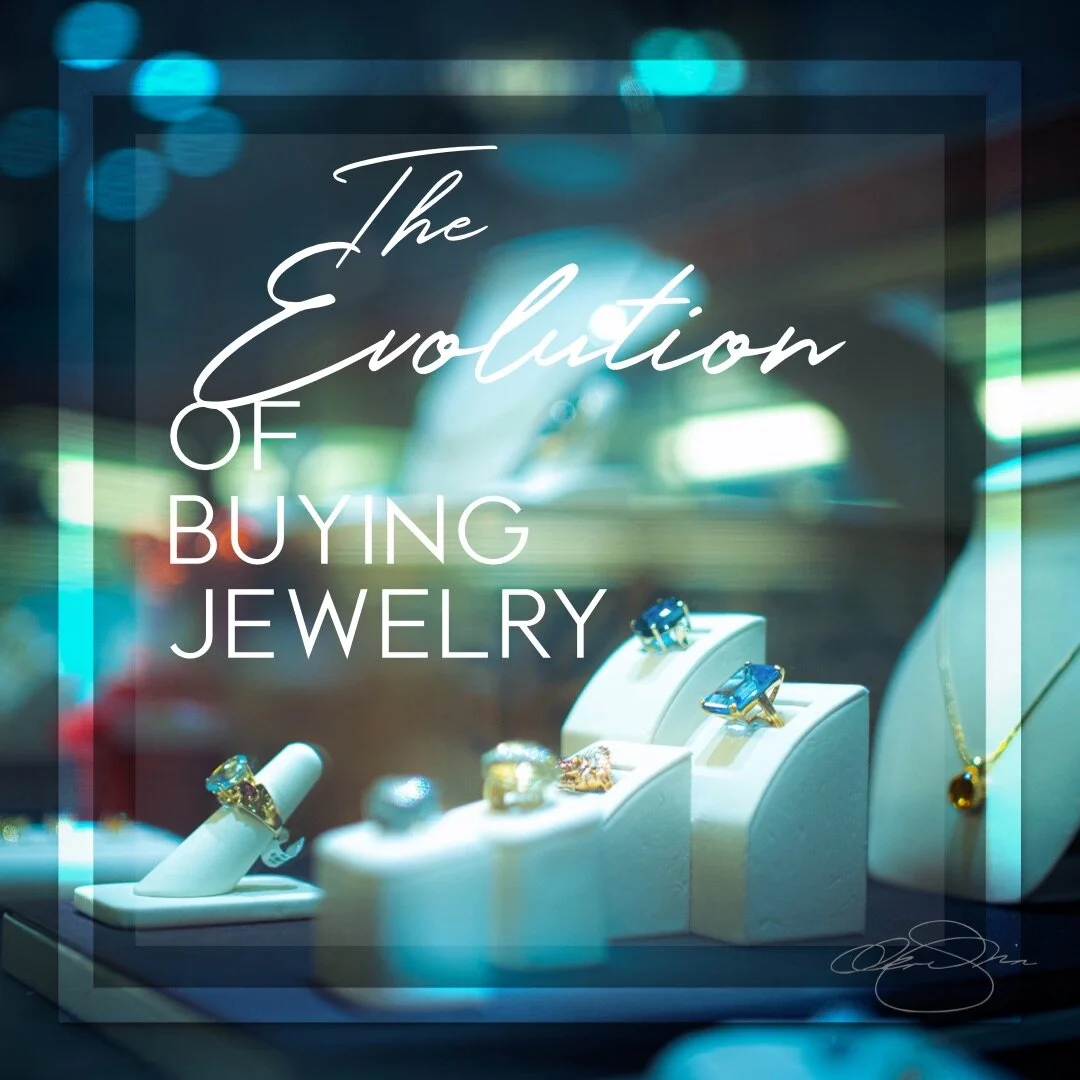The Greatest Trade Ever
Imagine buying Manhattan island for the equivalent of $24 dollars of trinkets and beads.
On May 24th 1626 Peter Minuit did exactly that. Considering today’s exchange rate, that would be the equivalent of roughly $743.06 or a pair of Christian Louboutin shoes.
However notable that trade may have been at the time, the use of jewelry in commerce had already been around for centuries.
How fitting that an object we covet today was also held in a similar regard by our ancestors 5,000 years ago. Proving once again how essential jewelry has been to humanity throughout the ages.
History Repeating
Ancient civilizations from Mesopotamia, Rome, Egypt, China, India and beyond wore jewelry as a symbol of status.
With all this rich history one could wonder who wore it best - the real Cleopatra or Elizabeth Taylor who played Cleopatra? Two luminaries of their time who shared an affinity for adorning themselves lavishly. Both from two distinctly different eras but were those icons really that different from each other?
As both the function of jewelry has shifted, along with cultural context, two things remain relevant today. Jewelry is both used as a symbol of wealth and a retainer of it.
Ever heard of the saying -
“I have enough jewelry. Said no one ever.”
There may be a ton of truth in that statement considering jewelry’s significance back then and now.
One of the oldest jewelry advertisements from the 1920’s
Big Commerce
Ancient commerce consisting of trade agreements paved the way for the invention of currency and the inevitable rise of world economies.
The appearance of famous jewelry houses such as Cartier and Tiffany’s began to shape how these precious objects were bought and sold.
Then, the production of fashion jewelry made bling accessible to just about anyone. Manufacturing at scale became an industry to keep up with the demand of consumers who regardless of their social standing could dress like oligarch.
Retail distribution since its earliest forms has largely remained unchanged from local bazaars to megaplex malls.
Even now, you would be hard pressed not to find at least a Zales in your standard shopping complex. Not to mention the rather large jewelry departments present in every anchor store.
Jewelry, as a result, continues to have a major presence amongst popular goods sold. $348 billion to be exact including both fashion and luxury items.
A Star is Born
For anyone born after 1985 it may be hard to envision a world without the internet. It has streamlined how we connect, navigate and access information - Siri anyone?
Perhaps one of the biggest benefits of the web’s invention however, is the ability to buy something without ever leaving the house. That time-saving factor led to the boom of e-commerce starting in the 2000’s when many businesses from the United States and Western Europe began selling online.
With the global market for jewelry growing at 5-6% annually it is expected that e commerce will comprise of 10-20% of jewelry sales in 2020.
Going Mobile
Where do we go from dial up you might ask. Just how much more room is there for innovation that will revolutionize how we interact with the world?
The answer is a lot and one that Steve Jobs gladly did in 2007 that caused us to forever lose our attention spans. The invention of the iPhone set society on the path that has led us to where we are today.
Mobile commerce isn’t just a passing trend, it’s here to stay. In fact, by 2021, mobile commerce sales are expected to account for 54% of total e commerce sales.
With mobile shopping ushering in a new era of how products are bought and sold online, jewelry isn’t far behind.
Already proven as a mainstay throughout generations, the need and desire for jewelry is not likely to go away anytime soon.
As a modest answer to the ever expanding modernization of retail convenience I created the Andrea Li Designs app just for you.
https://www.visualcapitalist.com/a-brief-history-of-jewelry-through-the-ages/


